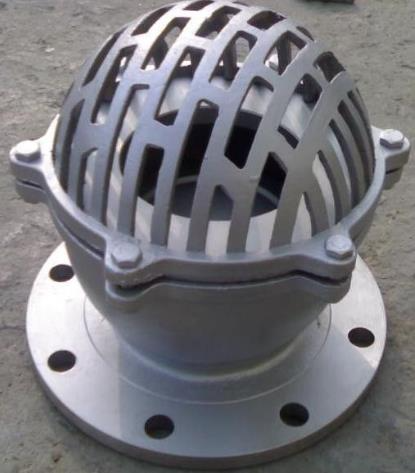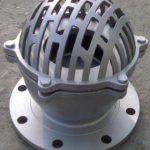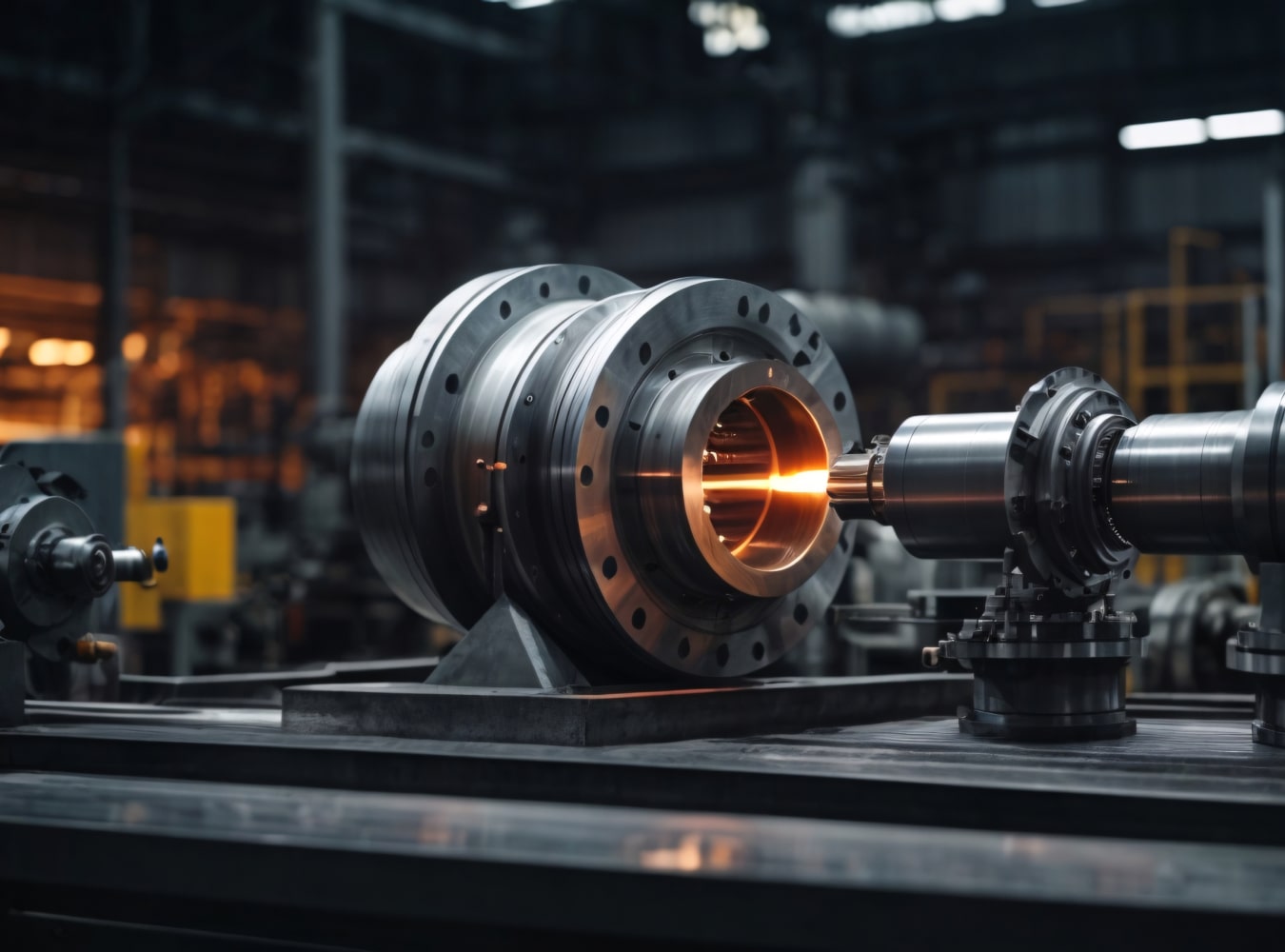SVR is a renowned name in industrial valve and piping solutions sector, serving customers across diverse industries such as water treatment, oil & gas, irrigation and HVAC. Based on our focus on quality, durability, and application-specific solution, we make industries efficient and secure.
Among the most sought-after questions asked in pump systems and pipeline design is: Check Valve vs Foot Valve: Which to Use? Both of these valves are designed to allow fluid to flow through in only one direction, without backflow, but are utilized for somewhat different purposes and have slightly different uses. Recognizing the difference between a check valve and a foot valve is critical when selecting the right valve for your specific use.
Definition: Check Valve and Foot Valve
A check valve, or a non-return valve, permits fluid (liquid or gas) to flow in one direction only and automatically stops reverse flow when the fluid in the line changes direction. It’s commonly used in many systems to safeguard pumps and compressors against possible damage by backflow.
A foot valve is a unique form of check valve mounted at the bottom (foot) of a suction line within a pump system, typically submerged in a fluid reservoir. Not only does it prevent backflow, but it also features a strainer or screen to stop dirt and debris and prevent them from entering the pump system.
Key Components
Check Valve:
- Body: Comprises the internal parts
- Disc or Poppet: Traverses to permit flow and closes to prevent reverse flow
- Spring (in spring-loaded designs): Helps to close the disc at the end of flow
- Seat: Offers sealing surface for the disc
- Inlet/Outlet Ports: Interface with pipeline
Foot Valve:
- Body: Same as check valve, often with materials resistant to corrosion
- Disc or Flap: Avoids backflow
- Strainer: Stops solid particles from entering the pump
- Seat: Provides tight sealing for tightness
- Inlet Ports: At base for fluid intake
Working Mechanism
Check Valve
When the flow is in the direction of movement, it displaces the disc or poppet off the seat so that the flow can go through. When there is a reversal of flow, the pressure difference acts on the disc to press it onto the seat, thus obstructing the reverse flow. Check valves can be in swing check, lift check, or spring-loaded form, depending on the requirements of the system.
Foot Valve
Foot valves operate like check valves but with a little more protection by means of the strainer. Fitted at the end of suction lines in pumps, foot valves hold prime (fluid in suction line) even when the pump is not in operation. When the pump begins, the valve will open as a result of suction; when it shuts down, the valve closes to avoid letting fluid back into the reservoir and keeps the suction line full for the next cycle.
Advantages
Check Valve:
- Avoids backflow and possible system damage
- Does not require external control or actuator
- No need for extensive maintenance
- Coming in many forms for different fluids
- Can be installed horizontally or vertically (depending on type)
Foot Valve:
- Avoids pump from losing prime
- Maintains suction line full and ready to run immediately
- Removes debris with integral strainer
- Best suited for deep well and suction lift services
- Decreases pump wear and tear
Industries Served
Check Valve Applications:
- Oil and gas pipelines
- HVAC systems
- Chemical processing
- Power generation
- Water and wastewater treatment
- Compressed air systems
Foot Valve Applications:
- Irrigation systems
- Agricultural water pumping
- Water wells and bore wells
- Municipal water supply
- Industrial pump suction lines
Why Is It Necessary?
Choosing between a check valve and a foot valve is not simply a case of selecting a product—choose a product that ensures your system is operating continuously and not in disruption. A check valve is the one to choose when your system must block reverse flow and prevent back-pressure damage. A foot valve, however, is essential for pump systems that need to preserve suction and remain primed, especially when the suction source is lower than the pump.
For instance, employing a conventional check valve in the bottom of a pump suction line without a strainer would lead to blockage and pump failure from dirt. On the other hand, placing a foot valve where suction is already pressurized or does not need to be primed might be an over complication. Therefore, knowing Check Valve vs Foot Valve: Which to Use? is crucial for system reliability and life.
Why Customers Ought to Purchase from SVR
At SVR, we provide more than valves—we provide value. Whether you require a tough check valve for high-pressure pipelines or a long-lasting foot valve for your irrigation pump, we’ve got you with top-quality, internationally certified options.
Why Choose SVR:
- Comprehensive range of check valves and foot valves
- ISO, ANSI, and API certified products
- Materials in stock for corrosive, high-pressure, and high-temperature services
- Personalized recommendations for your particular project
- Quick delivery and superior after-sales service
- Competitive prices with no compromise on quality
Conclusion
In conclusion, the decision between a check valve and a foot valve should be based on your system’s unique design and operational needs. Now you would have gathered information for Check Valve vs Foot Valve: Which to Use and how it facilitates better pump efficiency, safety, and downtime reduction.
Trust SVR as your trusted ally in industrial fluid handling. Our wide valve range, and quality commitment enable you to make the best valve selections every time. Get in touch with us today for expert advice and we will assist you to keep your system running smoothly.














